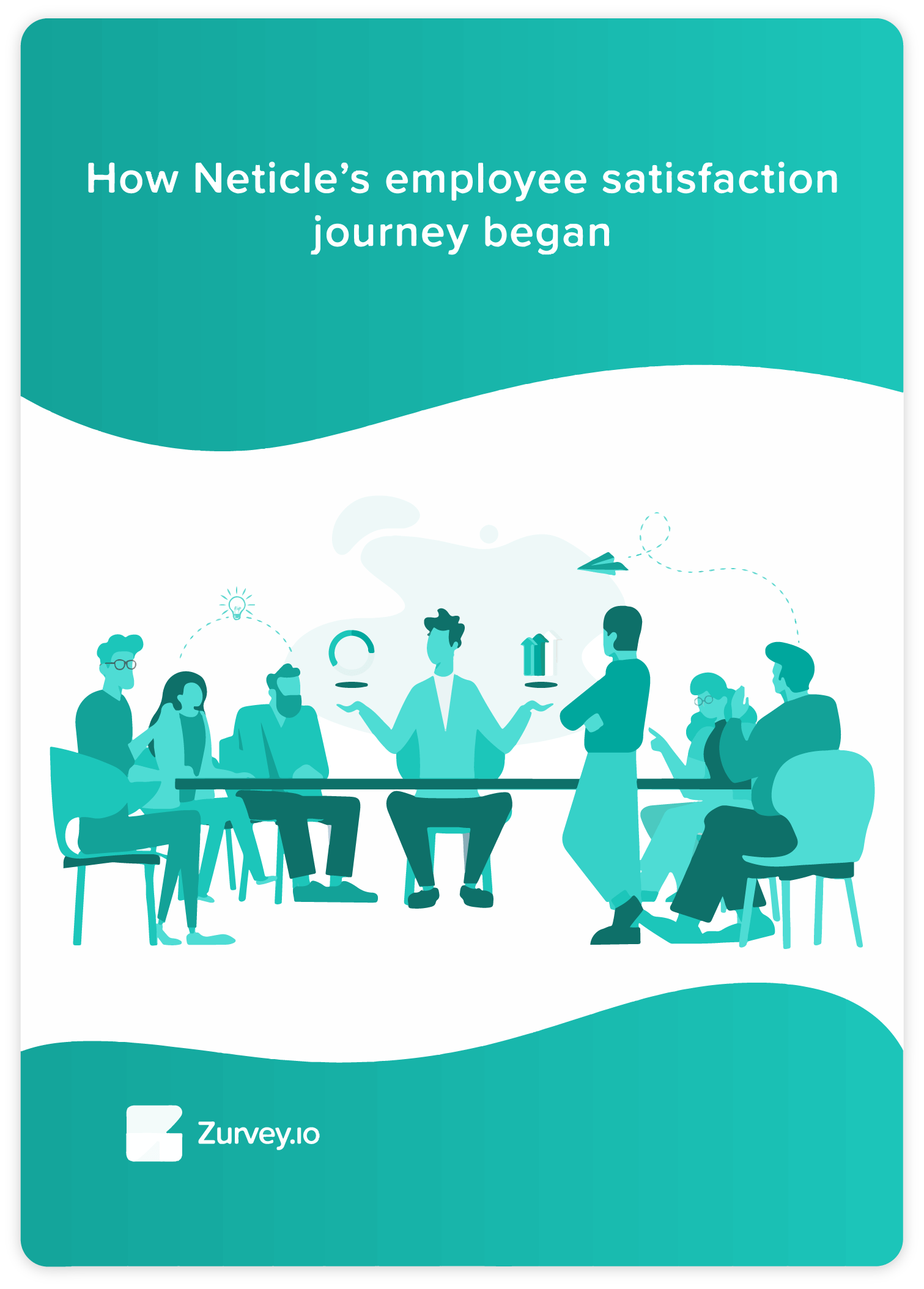How Neticle's Employee Satisfaction Journey Began
Case Study
Overview
Neticle realized early on that paying attention to employee satisfaction was key to building a successful company. A few years after founding the startup, collecting feedback on what Neticlers enjoyed and what they thought needed improvement began. It has played a vital part in forming and strengthening the company image and culture, thanks to Neticle’s own smart CX tool, Zurvey.io.
Challenge
Even when you think all your colleagues get on well and everything’s running smoothly, you might be oblivious to important issues that employees are afraid to speak up about face to face. A smart CX tool that even analyzes results for you largely speeds up progress and reveals what really needs to be said. Change will be trackable, and you might be surprised just how much you were missing out on.
Read the case study if you want to know…
- the fastest way to reveal employee love points and pain points;
- how to secure your image as an employee-centered workplace;
- why tracking change in employee satisfaction pays off.

Get a free copy of the case study
Auchan
“I love working with Zurvey.io, it instantly gives me a clear overview of our customers’ feedback. Neticle’s expert analyses save the Market Research Department significant amounts of time, since they give us sharp, definite recommendations about the areas we need to improve. We integrate these into our strategic decisions in order to further improve our customers’ shopping experience.”
Raiffeisen
“As a CX leader, I thrive in collecting, analysing and extracting insights from customer feedback. Neticle, with their advanced technology and customer centricity, have been instrumentation in our efforts to harness the power of unsolicited (text) feedback – a source of insights that is continuously increasing in importance as we digitize our customer journeys.”
Xdroid
"Zurvey.io has an intuitive GUI and nice graph-type visualization of topics and sentiments that help better understand customer surveys and messages on a larger set of data, e.g correlating sentiments, name entities, locations, and verbs. It supports almost all European languages handles negations, double negations as well."

